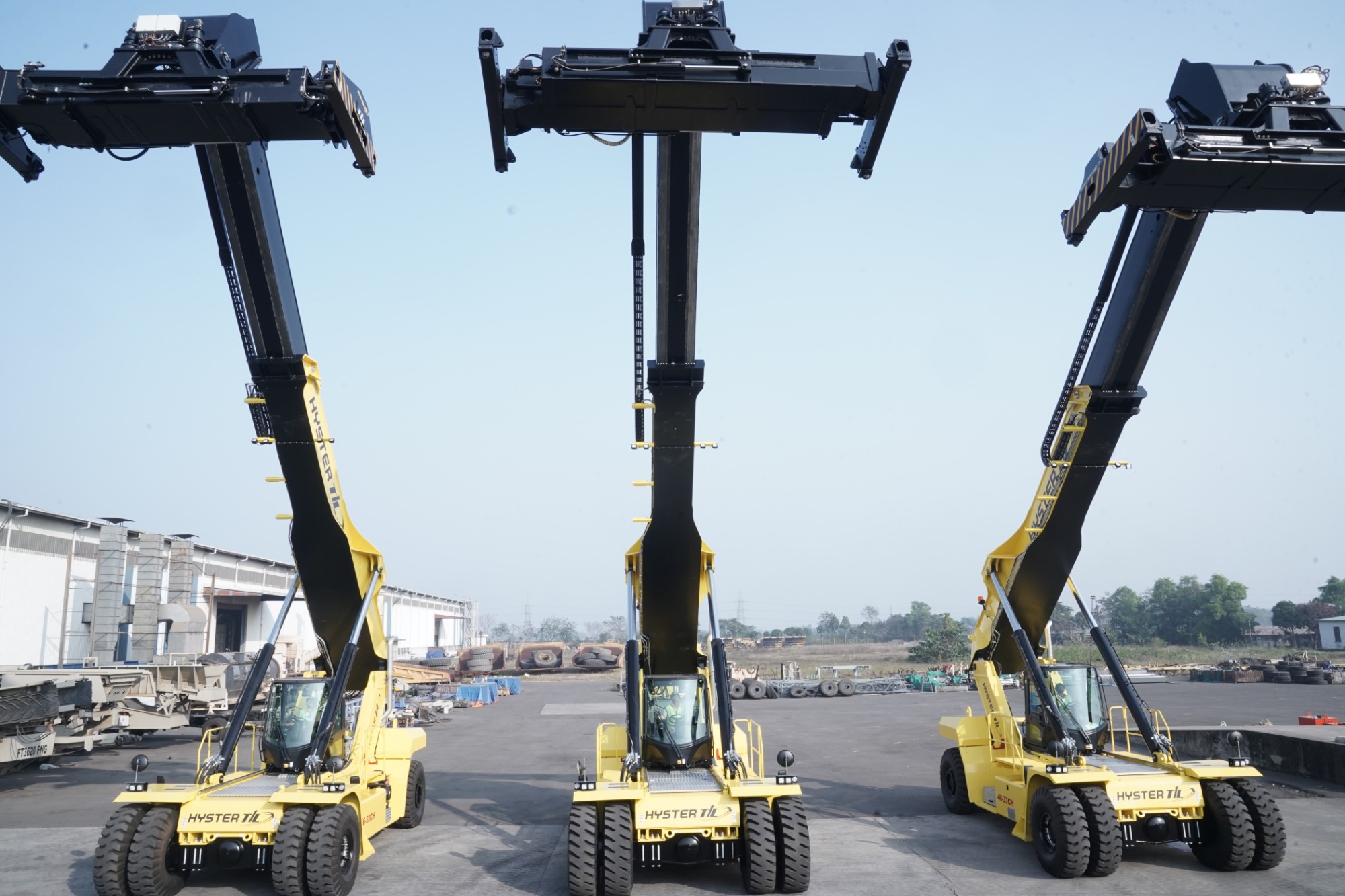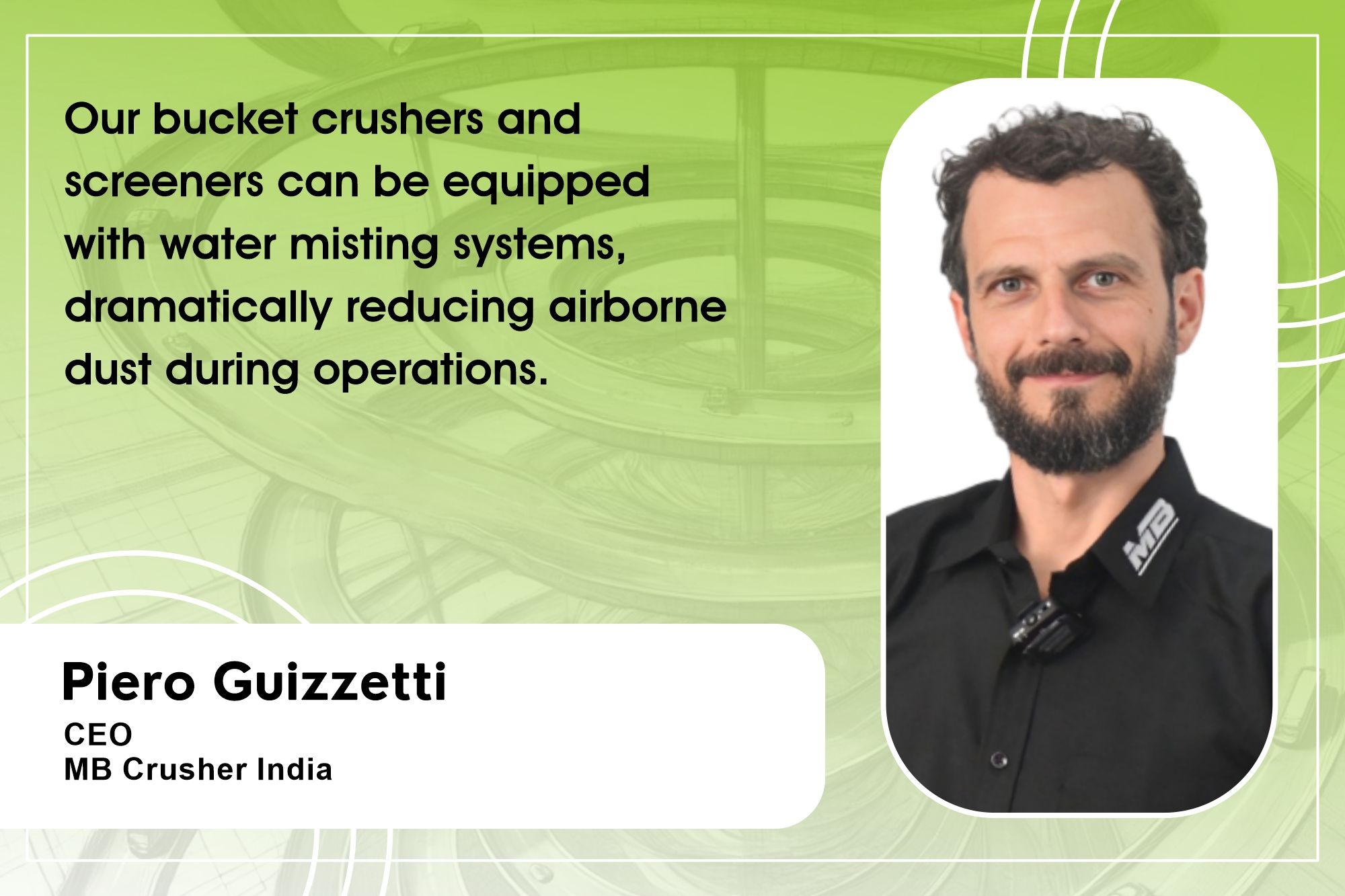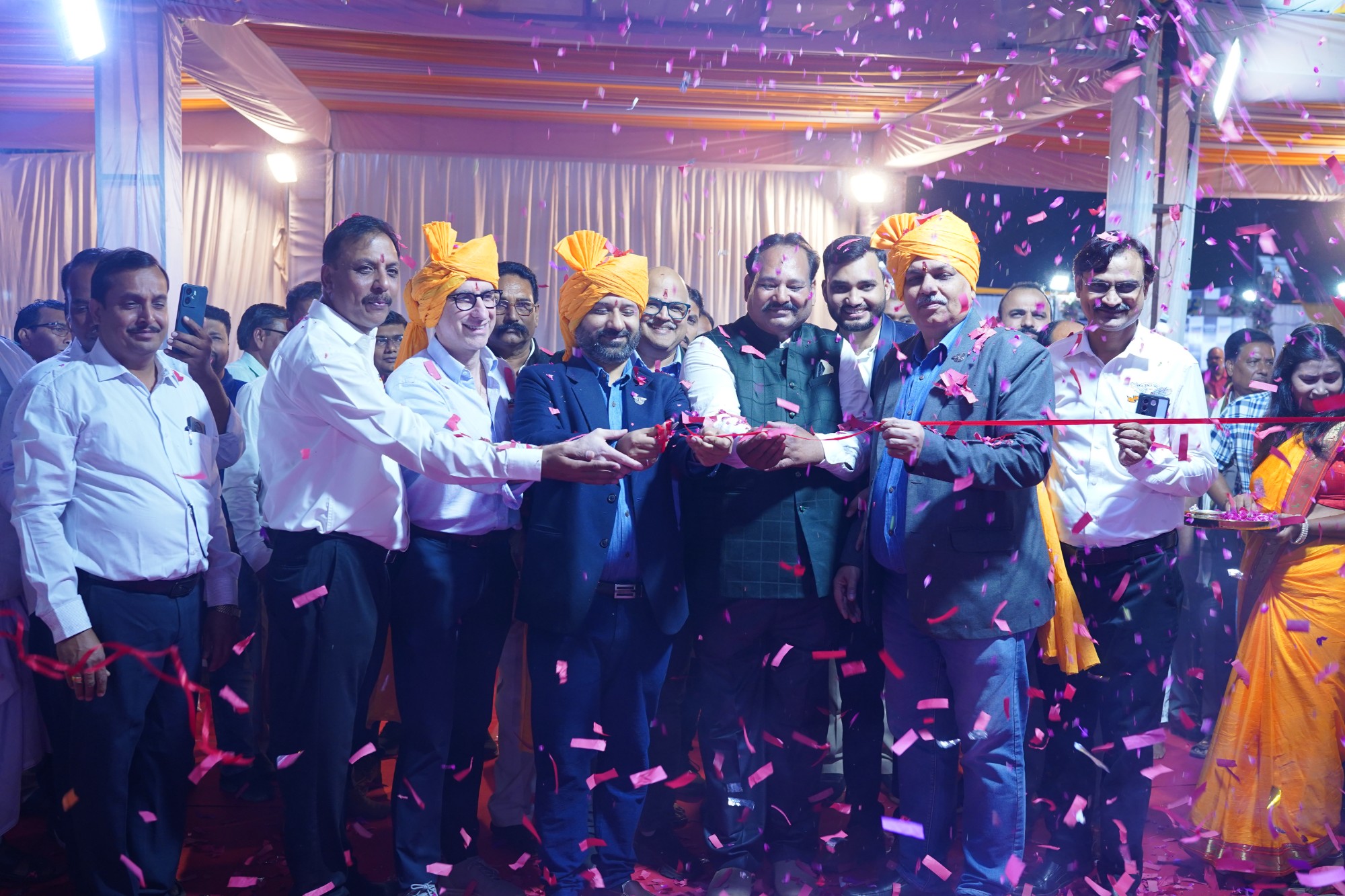Going Green: Electrified Mining and Earthmoving is the future ahead
By Edit Team | April 14, 2022 6:32 pm SHARE

Discussing the transformations and adoption of alternate fuel to fossil-fuel based equipment, leading players from mining and earthmoving industry express share a forward-looking preview on electric equipment and electric engines for enhanced efficiency and performance in the mining sector
The adventure of mining machinery began with electric shovels, and gradually the client moved to hydraulic shovels, noticing the greater benefits of the manageability of the diesel-driven hydraulic shovels. Now that the industry is progressively returning to better electric hydraulic shovels, we’ll be getting the best of both worlds.
Electrification of mining trucks and equipment
According to Rishi Raj Kishore, AGM – Mining, Tata Hitachi “Trucks with a capacity of 150–200 tonnes and a 1500-kilowatt engine are in question.” This is big in and of itself, because driving an electric car demands a lot of electricity. In other words, we’re talking about the technological front, where India and the rest of the globe are collaborating to develop a battery. Even the global automotive sector is also looking at battery capacity to determine the maximum and lowest capacities needed to power a two-wheeler, an electric automobile, or an electric truck. “
According to Tarique Salman, Segment Manager – Surface Excavation Machine, Vermeer India “Across industries, technology has advanced dramatically. Even in the mining industry, automation has become a critical component for smooth and precise operations and management. Even surface mining manufacturers and specialists are exploring methods to adopt and embed automation and linked technologies into their equipment and operations on job sites. We are looking to implant an electrical engine in several stages in the coming years. Therefore, I believe the market for the mining sector and the mining equipment sector will be driven by the demand for electrical engines.“
According to Manish Jhamb, Zonal Manager – Mining Equipment Business, Larson & Toubro “Battery operated trucks are still at the developmental stage. However, there are developments in hauling trucks for the roads and highways sector, but mining haulage is different from that. Mining haulage requirements are entirely different. Their torque requirements and power requirements are definitely much higher and more productive.”
Technology disruption in surface mining
Surface mining is still in its infancy, as the manufacturers figuring out the details of battery size and capacity, charging patterns, and the sort of charger needed to power a mining truck or equipment. Surface mining equipment and electric car producers are also exploring ways to successfully run this electrical equipment and electric vehicles for mining and surface mining in distant places.
Noting the same, Tarique believes that we are already inclined towards newer technologies. We already have automation and control features like GPS systems, control software, and many more that are already embedded in our systems that are taking over human-machine interaction. “I would like to add one more thing: the ‘Internet of Things’ will be the next big thing in the mining industry. Therefore, yes, usage of all those technologies for the improvement of mining activities will be a big thing, “he adds.
Challenges in electrifying mining engines and equipment
The size of the vehicle has been a problem in recent years. The vehicle/equipment must be charged for 10–12 hours due to the increasing load intensity for a certain type of equipment that can transport up to 150–200 tonnes. There are two types of charging stations available to handle this: dynamic and static.
A static charger works similarly to charging an electric automobile. However, a dynamic charger consider the equipment’s operation time and charges it accordingly. At Tata Hitachi, we are happy to report that we are also looking at such factors, and we are looking forward to reviewing its pan-India presence. Because we will need around 1.5 years to comprehend and realise a few of the aspects we will be assessing, we will have plenty of time to collect more observations or draw conclusions about battery and charging capacity, “explains Rishi.
Recycle and reuse mineral waste
Mining waste is generated during the processes of extraction, beneficiation, and processing of minerals. And extraction is the first phase to initiate the removal of ore from the earth, usually done through blasting, which further results in generating a huge amount of waste.
On this note, Tarique says, “When I talk about reusing mining waste, I am referring to the left-out and rejected materials of the old mineral materials. We have the technology to initiate such processes. These technologies can allow you to make stone bricks from these waste minerals by mixing all the waste materials and producing bricks. These bricks were later used as pavement blocks. Even the water being used at mine sites can be recycled and reused for irrigation and drinking (after an acute filtration process). The more we recycle and reuse, the more we can adapt to a more sustainable mining process.
Are we ready for electrified mining machines
Here, fuel consumption plays a major role in the electrification of the track systems. The trolley assist feature is particularly useful during uphill mining, where one takes a load from the bottom to the top. And similarly, autonomous haulage is also a step towards electrification.
On this note, Manish views, IoT and allied technologies as enhancing and improving the automatic haulage system, as well as battery operating systems. Further, I foresee tremendous development happening in the next 5 years, in which we will be on par with the automobile industry in having our own Tesla.
Financial requirements in the infrastructure mining sector
Commenting on the future prospects of increasing investments in the mining sector, Shyam Tiwari, Director, Subinfra Project Management Pvt. Ltd., says, “Aggregate management, mining, environment and water are among the key requirements to maintain efficient infrastructural developments and attract investments.”
Mining and aggregates account for approximately 30 percent of the total project cost. Here, the market cap is huge. This cap includes the cost of new machines and equipment rentals as well.
Looking forward to the electrification of mining equipment, The industry believe there are some positive aspects that have come out of this pandemic. In addition, this is something that the future also holds for us. Second is the current worst kind of scenario that is happening in the euro, which has led to a sharp increase in fuel prices. With the dynamic global scenario, the future is expected be exciting for the mining and construction fraternity. Therefore, we are definitely moving towards a sustainable future for all of us.
For our battery truck technology, we are looking for options, and preliminary work is currently underway to include it.
Rishi Raj Kishore, AGM – Mining, Tata Hitachi
Market for the mining sector and the mining equipment sector will be driven by the demand for electrical engines.
Tarique Salman, Segment Manager – Surface Excavation Machine, Vermeer India
IoT and allied technologies as enhancing and improving the automatic haulage system, as well as battery operating systems.
Manish Jhamb, Zonal Manager – Mining Equipment Business, Larson & Toubro
Mining being the source of raw materials and sand aggregates, adds maximum weightage to the infrastructure sector
Shyam Tiwari, Director, Subinfra Project Management Pvt. Ltd
Cookie Consent
We use cookies to personalize your experience. By continuing to visit this website you agree to our Terms & Conditions, Privacy Policy and Cookie Policy.




































-20240213125207.png)

























